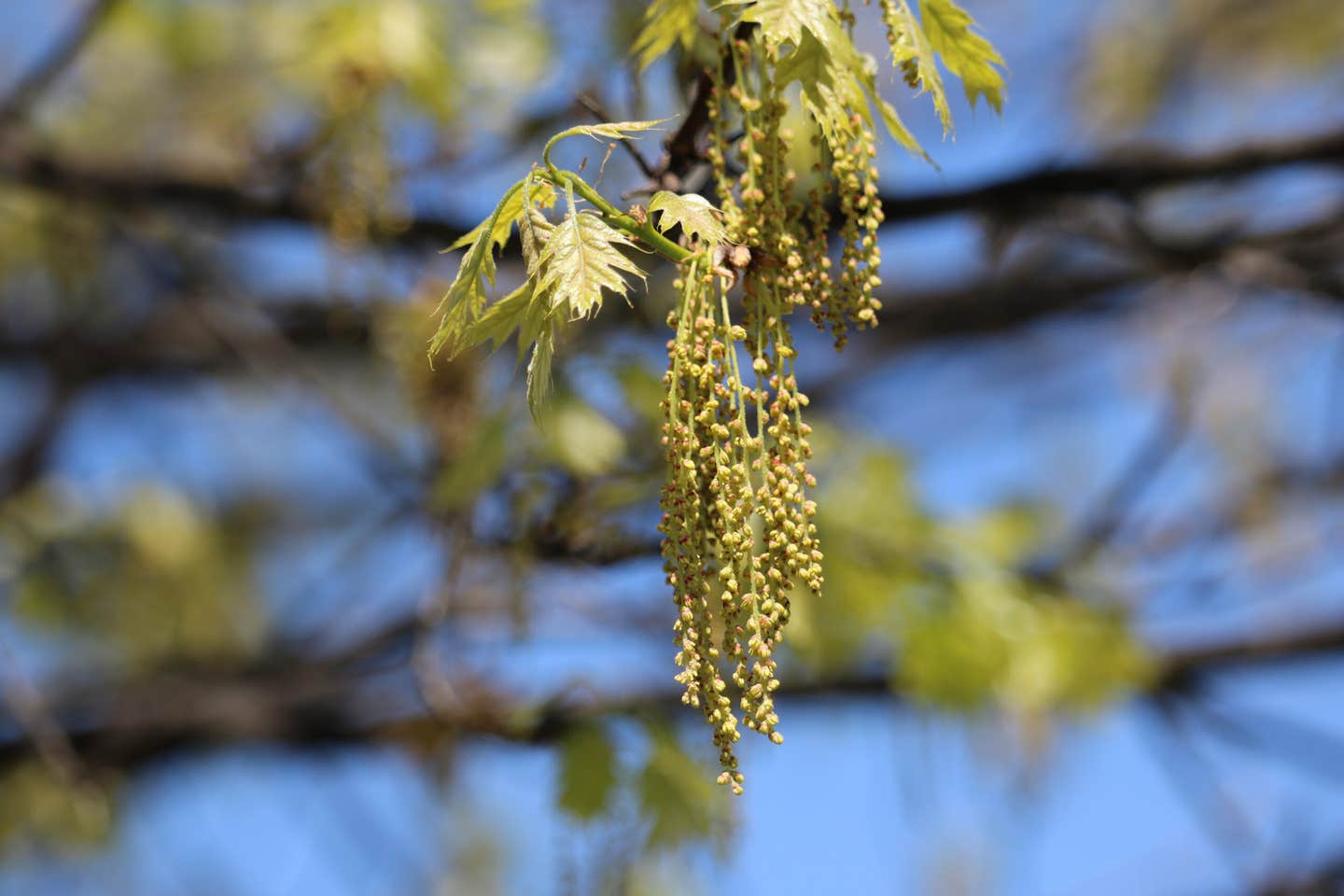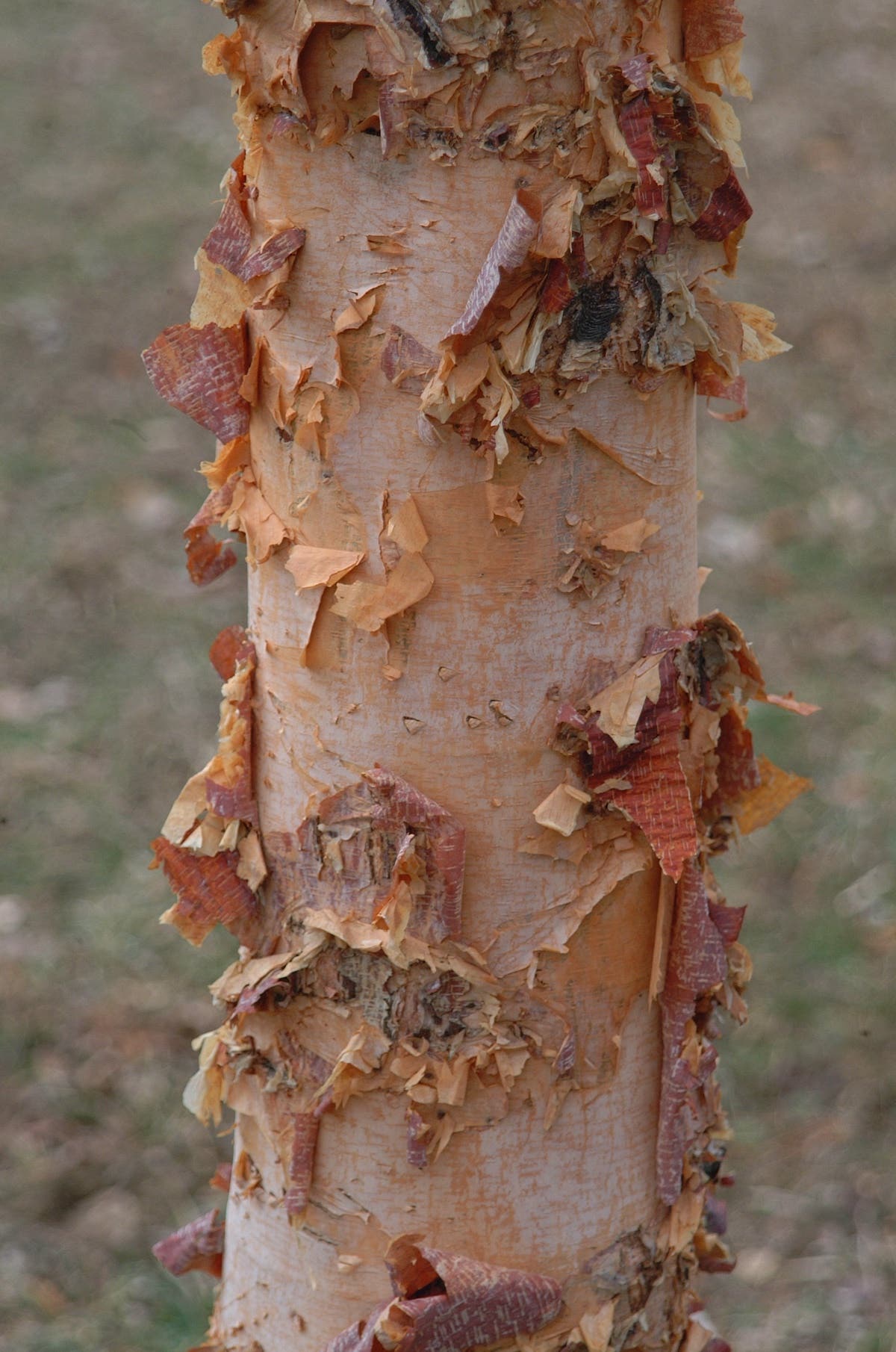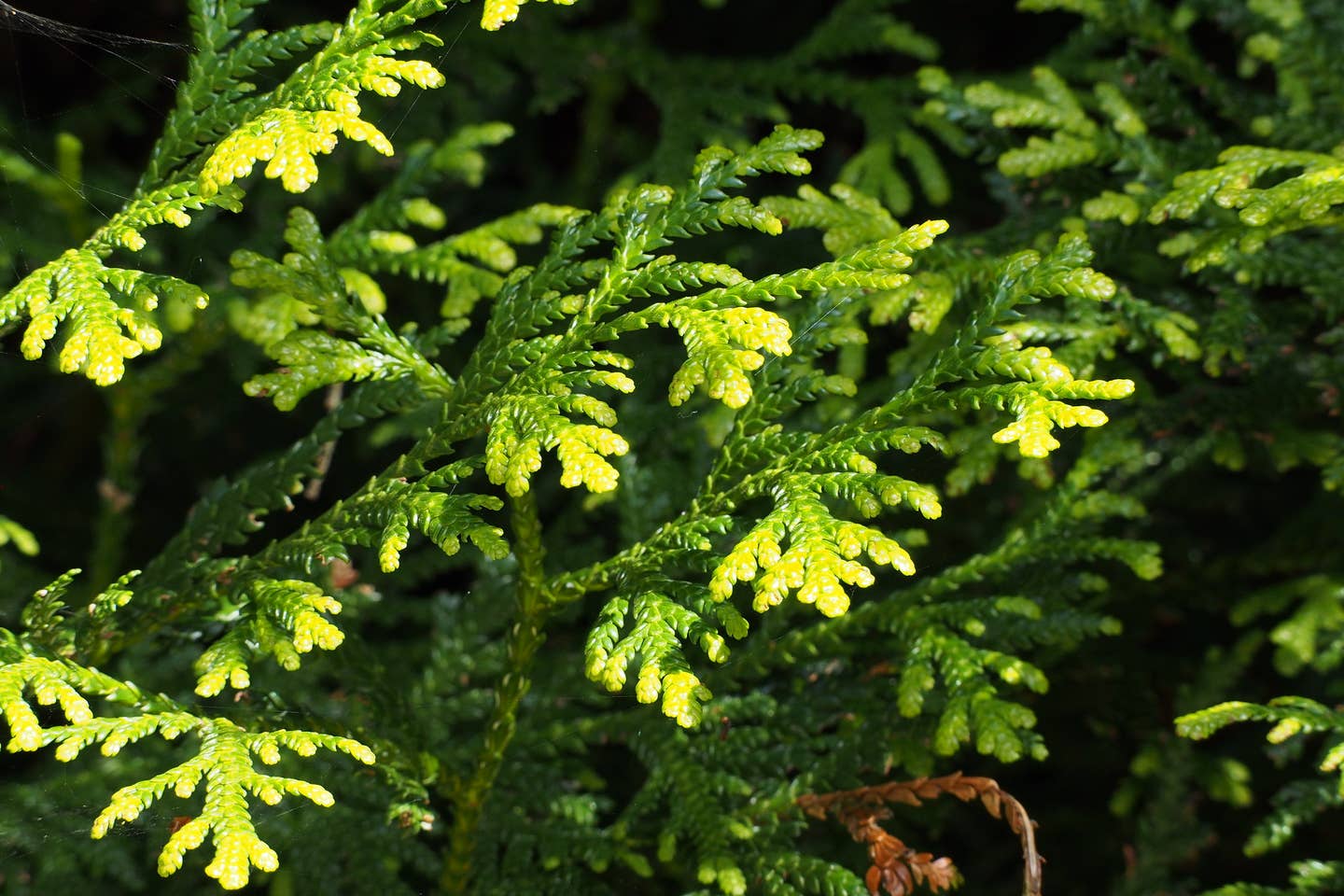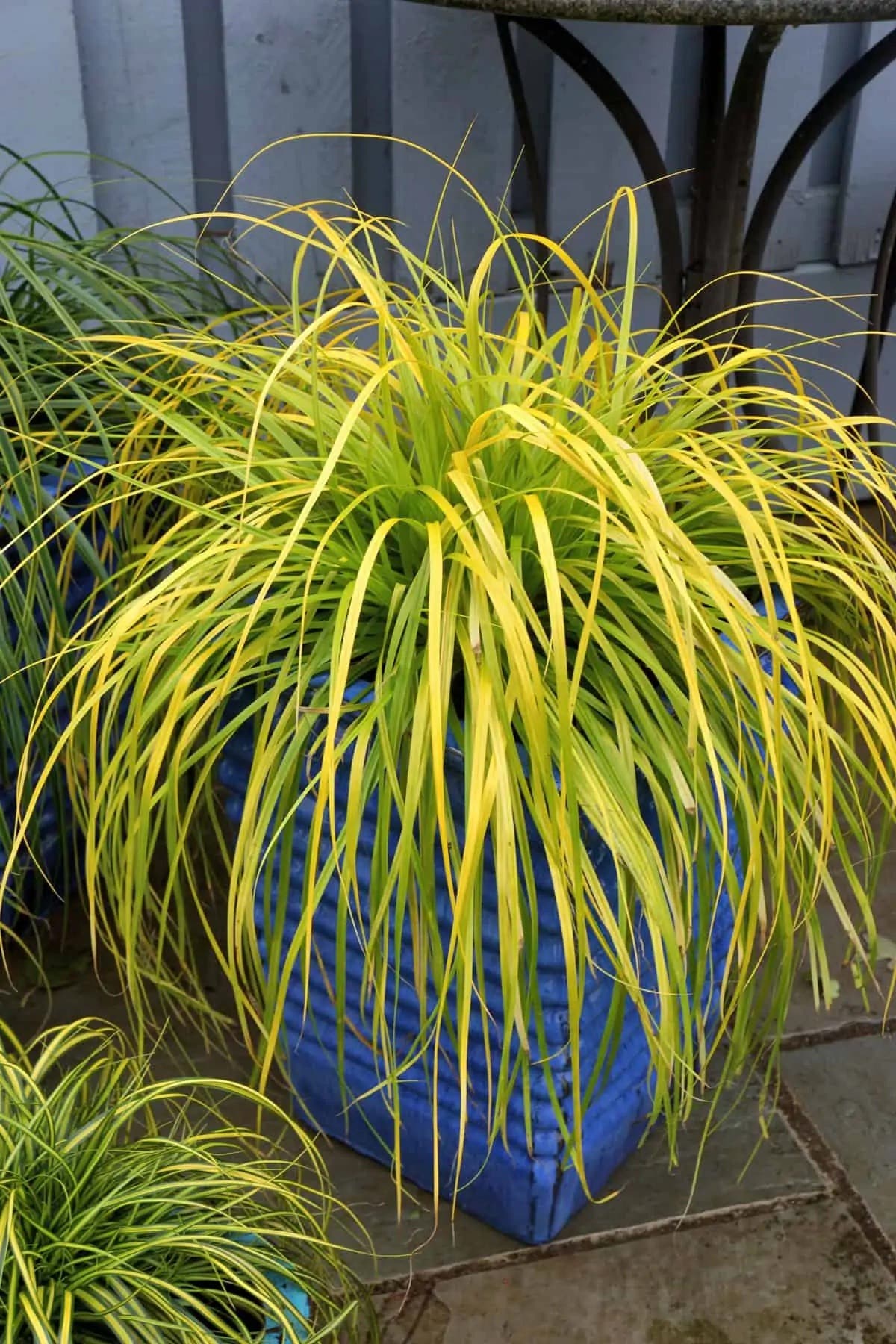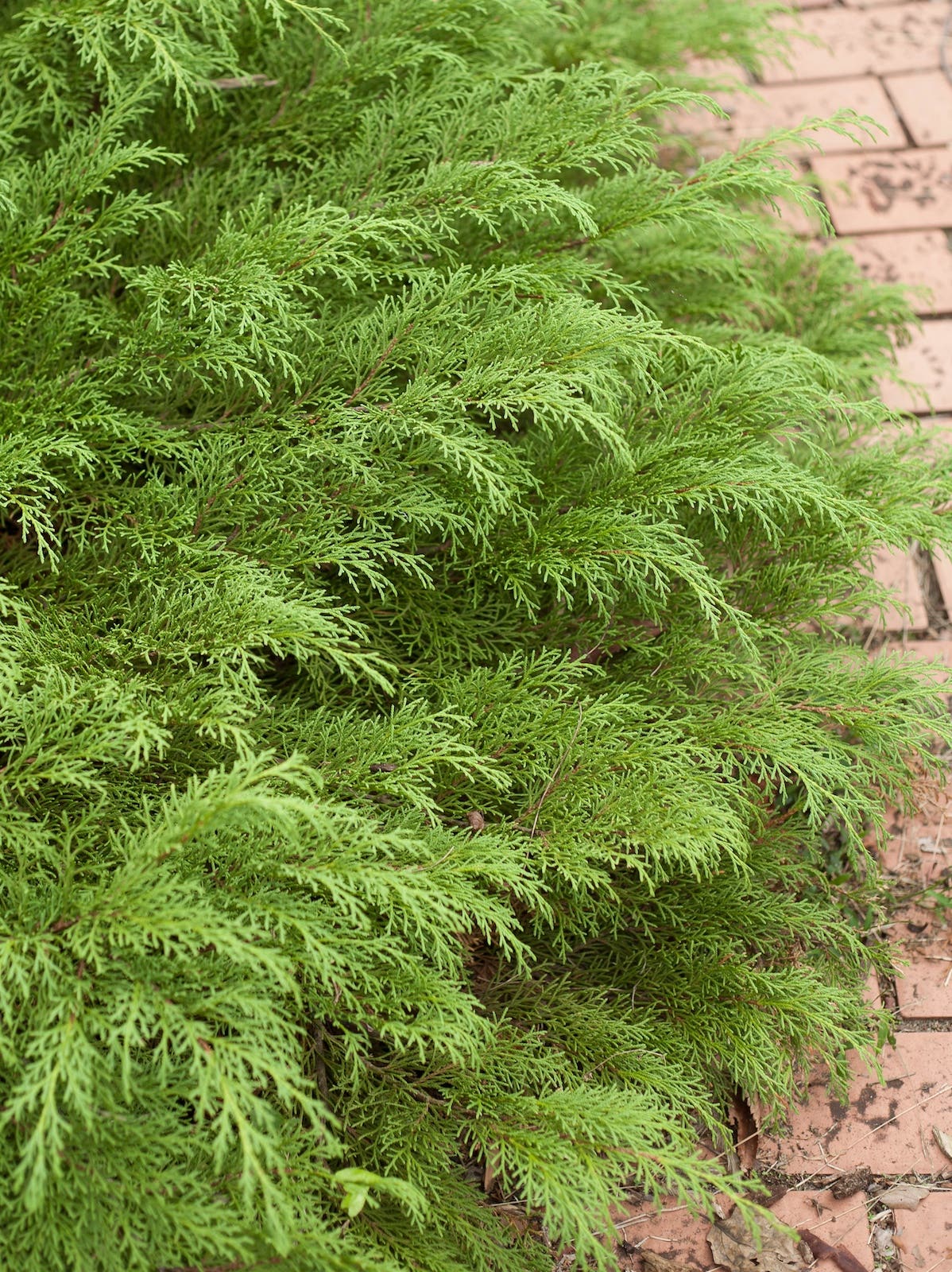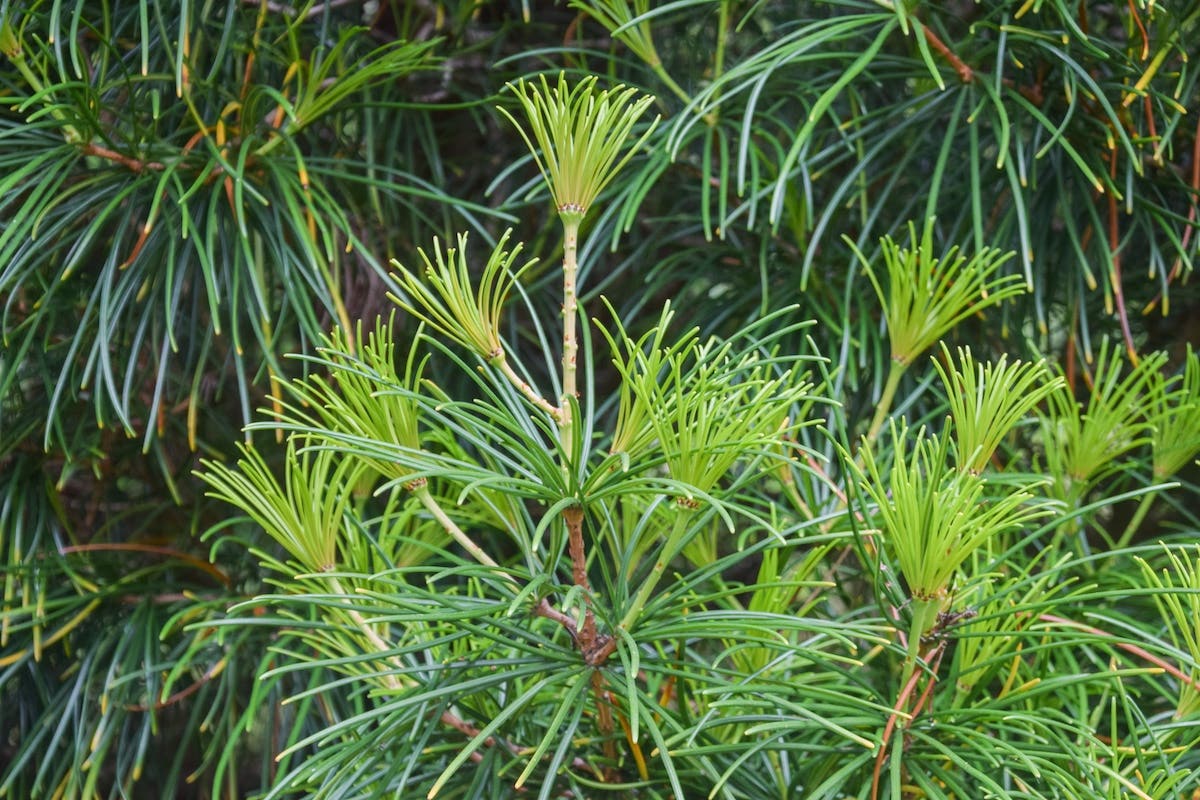ZZ Plant: the Houseplant You Can’t Kill
Virtues: The ZZ plant makes a bold statement in any room with its upright stems lined with stiff, dark green leaves. It thrives on benign neglect, putting up with uneven…
Virtues: The ZZ plant makes a bold statement in any room with its upright stems lined with stiff, dark green leaves. It thrives on benign neglect, putting up with uneven watering, cool temperatures, dry air and low light. The ZZ plant is efficient at removing toxins from the air.
Common name: The ZZ plant, eternity plant
Botanical name:Zamioculcas zamiifolia
Exposure: Avoid direct light. Ideally, provide bright light, such as that of a west- or east-facing window. However, the ZZ plant will accept low light.
Season: Year-round as a foliage houseplant.
Flowers: Insignificant yellow to brown flowers may appear near the base of the plant in mid- to late summer.
Foliage: Stiff, arrowhead-shape dark green leaves line the plant’s stiff, upright stems like the rungs of a ladder.
Habit: ZZ plant can reach 3 feet tall after many years. It grows as a cluster of upright stems that emerge from tubers just below or at soil level. The plant’s width is controlled by the diameter of its pot, as it spreads laterally.
Origins: Southern Africa.
How to grow the ZZ plant: The ZZ plant will put up with anything from benign neglect to all-out abuse. Its water-storing tubers mean it can take prolonged lapses in watering. Dry air, cool rooms and low light do not bother it. All of that said, the ZZ plant will excel if provided bright light and watering when the top inch of soil feels dry. One drawback of the ZZ plant is that while it seems to never die, it also seems to never do much, given its slow rate of growth. On the plus side, this makes repotting a rare chore.
The ZZ plant is poisonous if ingested, so keep it away from pets or children who tend to sample leaves.
Image credit: NK08gerd/iStock/Getty Images


